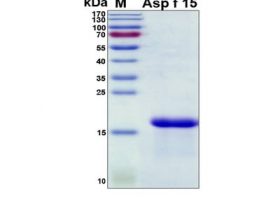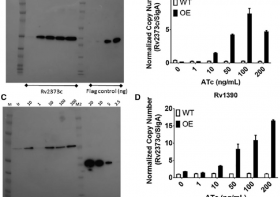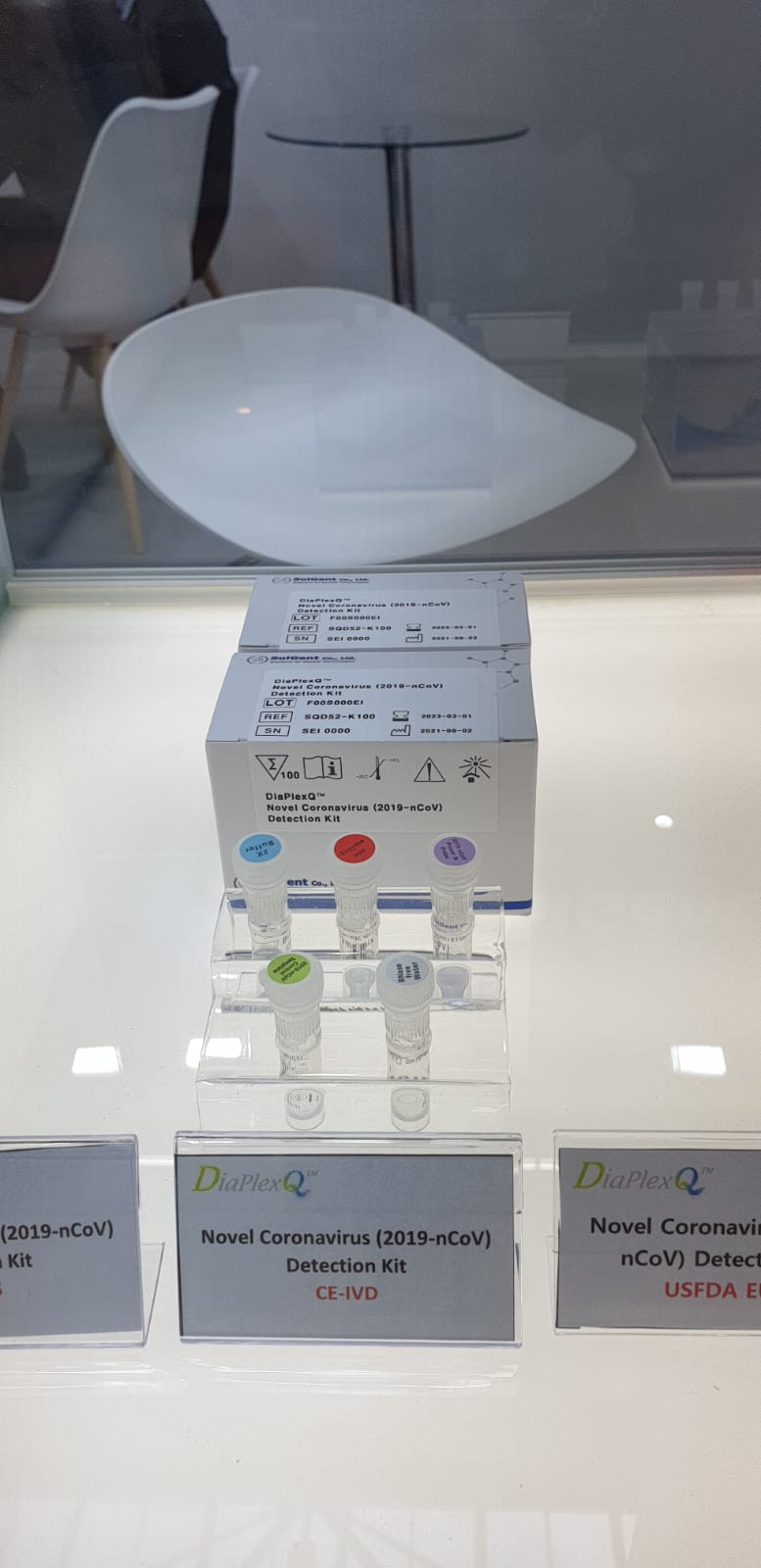Rattus norvegicus Recombinants
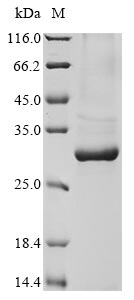
Description
Product name: Recombinant Podocalyxin from Rattus norvegicus
Short description: Recombinant protein
Host species: Yeast
Purification: Greater than 90% as determined by SDS-PAGE.
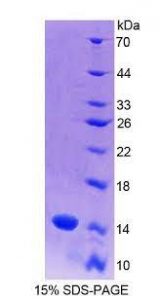
Description of the immunogen
- Region of expression: 25-386aa
- Sequence information: Extracellular domain
Alternative names
- Uniprot: Q9WTQ2
- Gene ID: 192181;
- Accession number: Q9WTQ2
Calculated Molecular weight: 39.8 kDa
Tag Information: N-terminal 6xHis-tagged
Formulation: Buffer based on Tris50% glycerol
Storage: Shelf life is related to many factors, storage condition, buffer ingredients, storage temperature, and the stability of the protein itself. Generally, the shelf life of the liquid form is 6 months at -20˚C, -80˚C. The shelf life of the lyophilized form is 12 months at -20˚C, -80˚C.
Notes: Repeated freezing and thawing is not recommended. Store working aliquots at 4˚C for up to one week.
Bottom
It participates in the regulation of both adhesion and cell morphology and cancer progression. It functions as an anti-adherent molecule that keeps an open filtration pathway between neighbouring foot processes in the podocyte by charge repulsion. It acts as a pro-adhesive molecule, enhancing cell adherence to immobilized ligands, increasing the rate of migration and cell-cell contacts in an integrin-dependent manner. Induces actin-dependent apical microvilli formation.
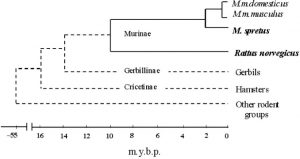
It participates in the formation of a preapical plasma membrane subdomain to establish initial epithelial polarization and formation of the apical lumen during renal tubulogenesis. It plays a role in cancer development and aggressiveness by inducing cell migration and invasion through its interaction with the actin-binding protein EZR. It affects EZR-dependent signalling events, leading to increased activities of MAPK and PI3K pathways in cancer cells.

